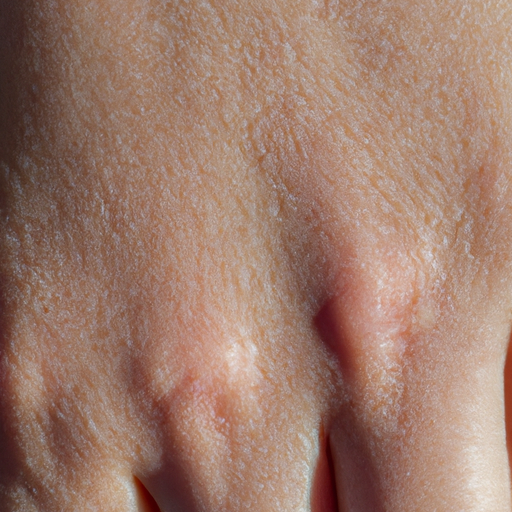As a dermatologist, I am often asked about the best ways to maintain a healthy, radiant complexion. One of the most effective methods is regular face exfoliation. This simple skincare routine can significantly enhance the appearance and health of your skin. However, it’s crucial to understand the right way to exfoliate to avoid causing damage. So, let’s unmask the radiance beneath your skin with this essential guide to face exfoliation.
Exfoliation is the process of removing dead skin cells from the surface of your skin. Our skin naturally sheds these cells every 30 days or so, but sometimes, they don’t shed completely, leading to dry, flaky patches and clogged pores. Exfoliating can help prevent these issues.
There are two main types of exfoliation: physical and chemical. Physical exfoliation involves using a scrub, brush, or sponge to manually remove dead skin cells. Chemical exfoliation uses acids or enzymes to dissolve them.
Physical exfoliants can be effective but must be used gently to avoid causing micro-tears in the skin. Look for products with smooth, round granules rather than jagged, rough particles. For those with sensitive skin, chemical exfoliants may be a better choice. They’re typically gentler and can penetrate deeper into the skin. Alpha hydroxy acids (AHAs) like glycolic acid, beta hydroxy acids (BHAs) like salicylic acid, and enzymes like papain and bromelain are all excellent chemical exfoliants.
The frequency of exfoliation depends on your skin type and the type of exfoliant used. Generally, it’s safe to exfoliate two to three times per week. However, if you have sensitive or dry skin, once a week may be enough. If you’re using a chemical exfoliant with a high concentration of active ingredients, once or twice a week should suffice.
It’s important to remember that exfoliation, while beneficial, exposes fresh, new skin cells to the environment. Therefore, it’s crucial to protect your skin post-exfoliation. Always apply a moisturizer after exfoliating to hydrate and shield your skin. If you’re exfoliating in the morning, follow up with a broad-spectrum sunscreen of at least SPF 30 to protect your skin from harmful UV rays.
Exfoliation can be a game-changer for your skincare routine, but it’s not without potential risks. Over-exfoliation can lead to redness, irritation, and even breakouts. If you notice any of these signs, reduce the frequency of exfoliation or switch to a gentler product. If you’re new to exfoliation or have sensitive skin, it’s best to start slow and gradually increase the frequency as your skin adjusts.
In conclusion, when done correctly, exfoliation can help reveal the radiant, healthy skin beneath the surface. It can improve the effectiveness of your skincare products by allowing them to penetrate deeper into the skin. However, it’s essential to choose the right type of exfoliant for your skin and to exfoliate responsibly. Remember, the goal is to enhance your skin’s health and beauty, not to cause harm. As always, if you have any concerns or questions about exfoliation, consult with a dermatologist or skincare professional.




